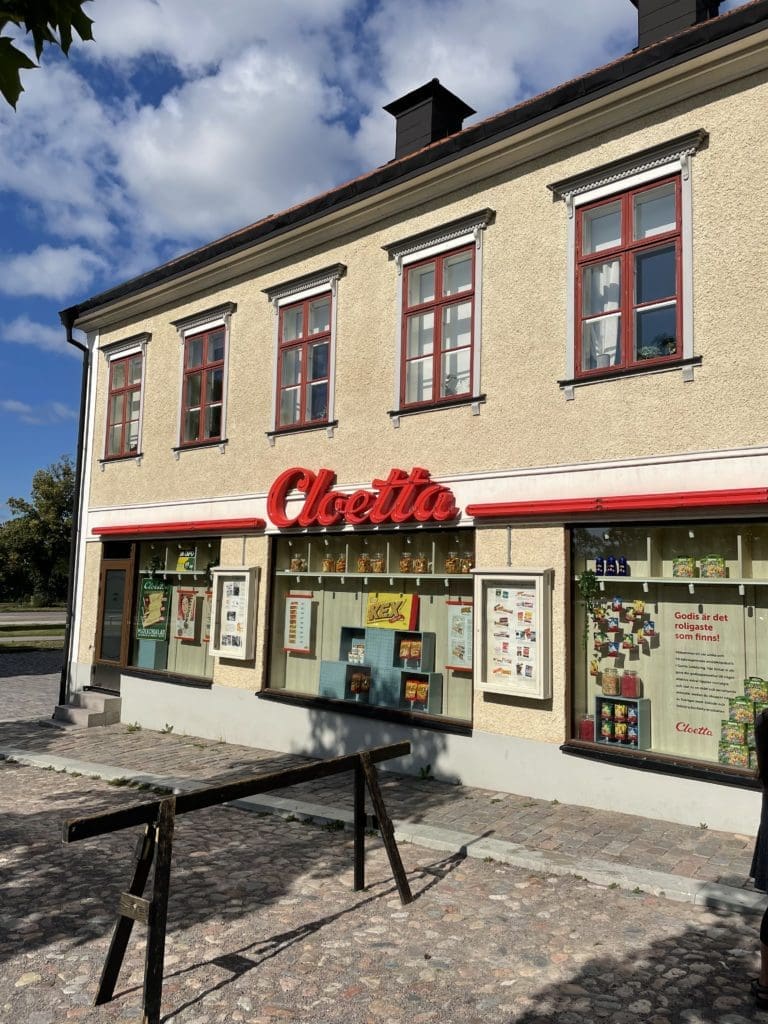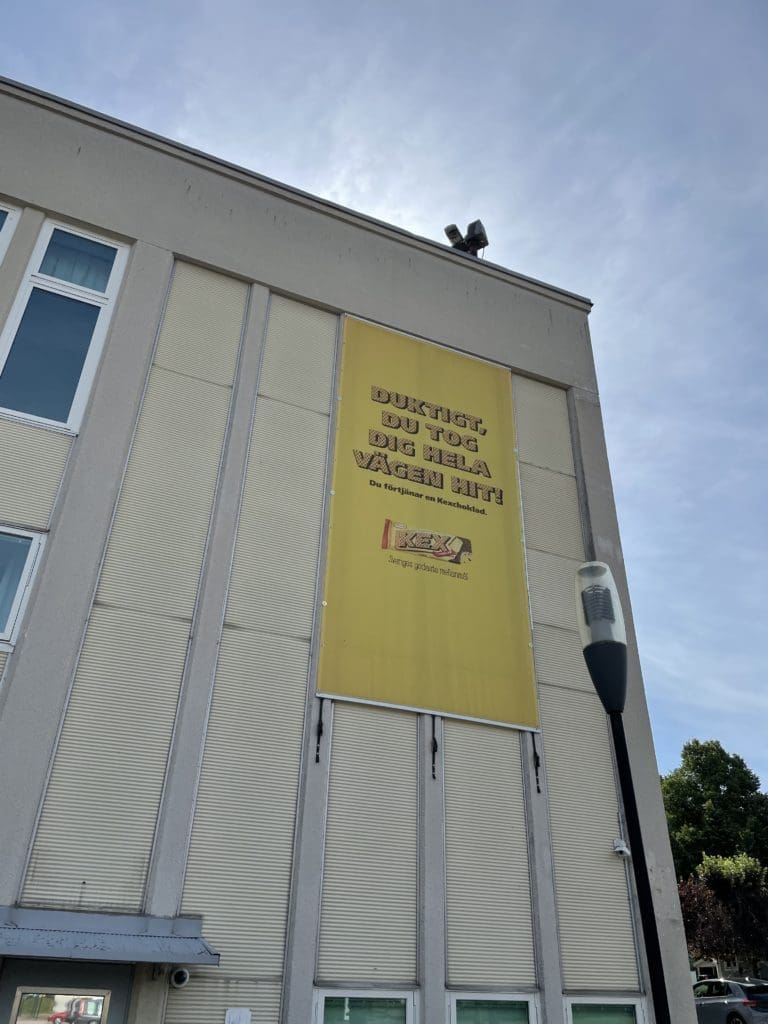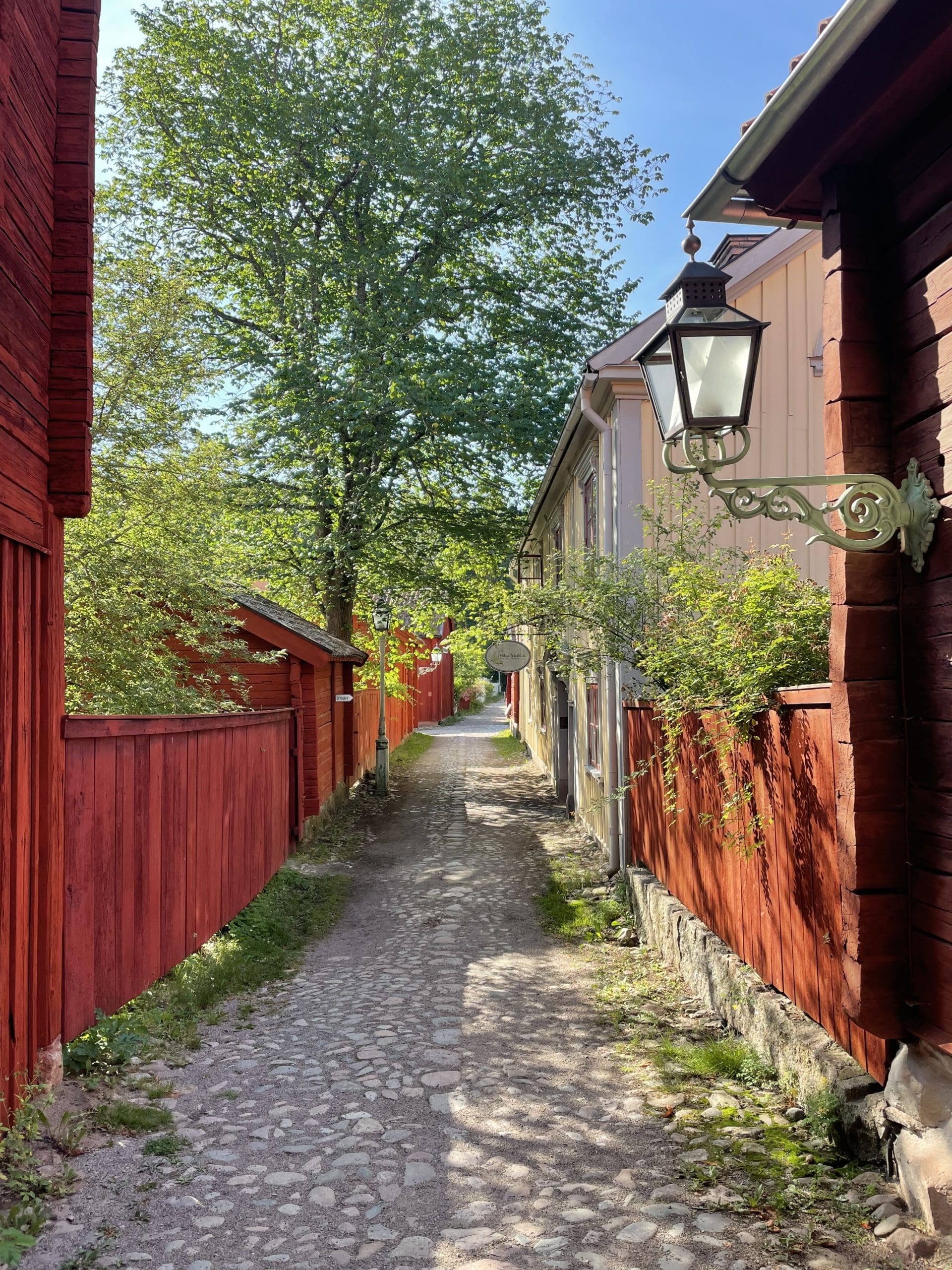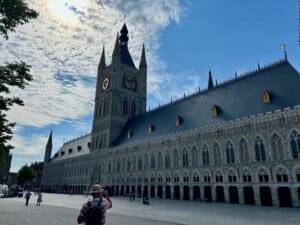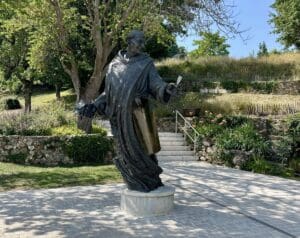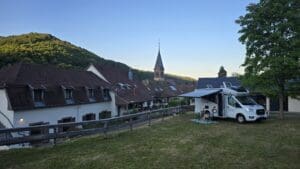This is part four of our Ölands trip. Here you can read part one, two and three.
Our dear friends usually make some acidic comments when we tell them how long it takes between destinations. The general view seems to be that you should get there as quickly as possible but we have a slightly different view. We prefer the charm of winding back roads to the monotonous boredom of motorways and we try to avoid spending more than 2-3 hours in the car in one day. We prefer to experience things outside the car rather than in it.
The upside of this somewhat cumbersome mode of travelling is that we often end up in somewhat odd destinations that aren't always in the tourist guide. Many of them may not be exotic enough to make it into Vagabond, but they always offer something special or unexpected. So why not take the time to choose a cosy inn instead of Burger King or homemade cakes instead of Rasta?
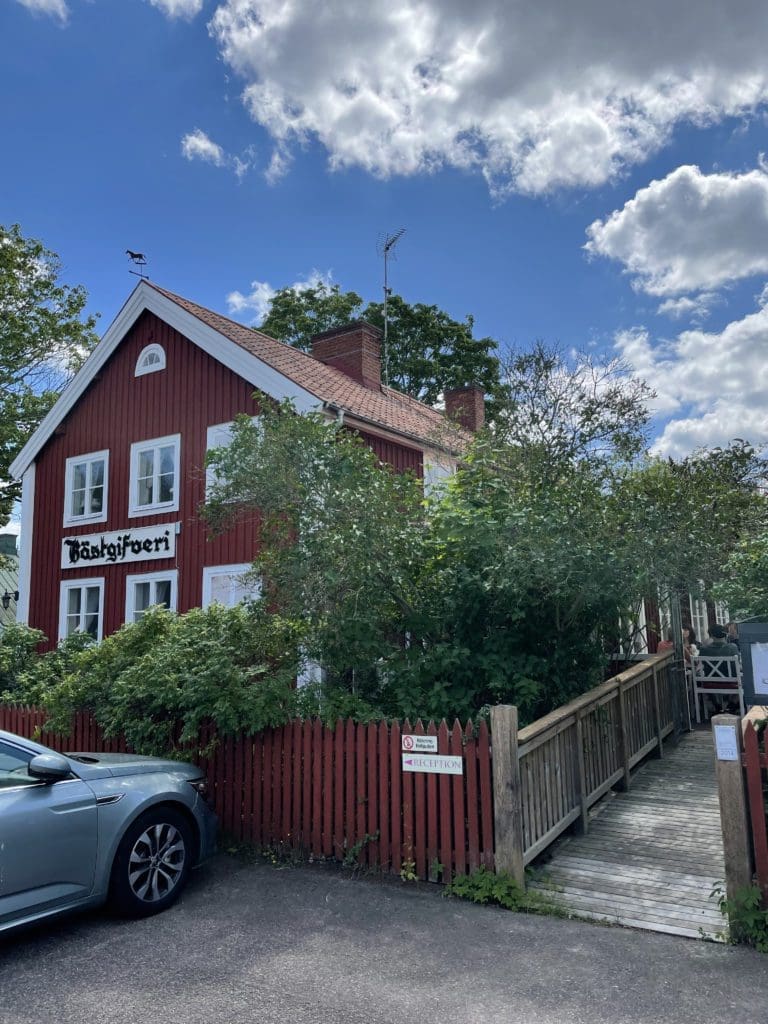
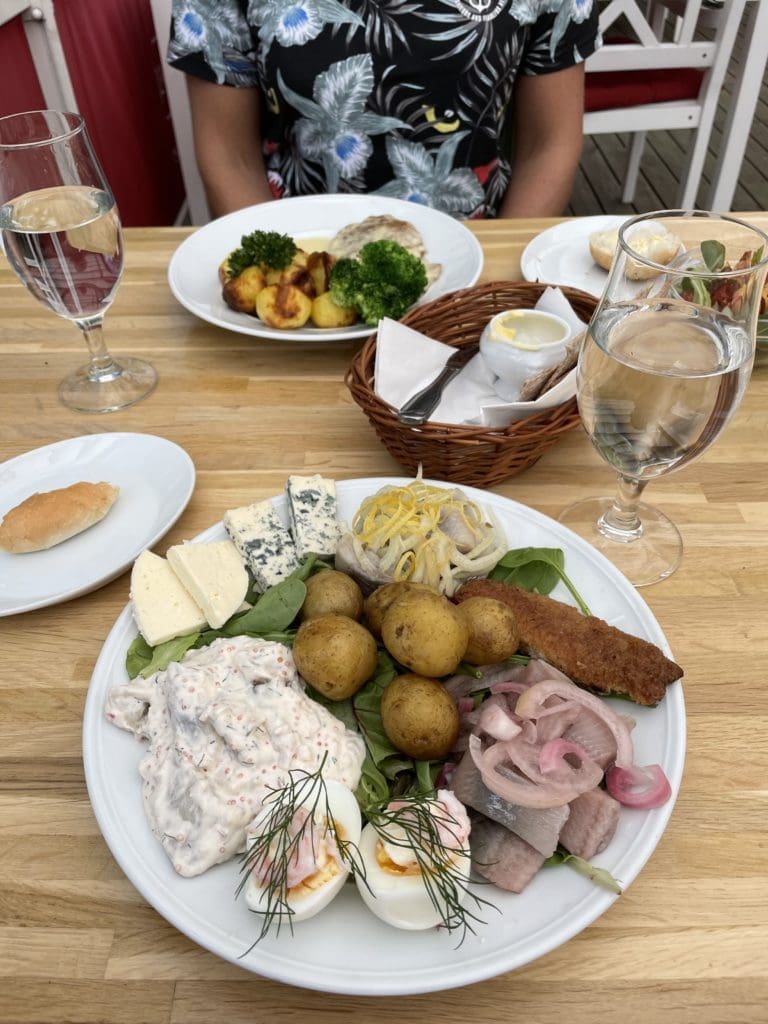


On the way home we stopped in Linköping "where ideas become reality". The municipality's slogan refers to the co-operation between the university and the business community, which fits well with the feeling one gets of the city. In addition to the obvious academic character, perhaps the most prominent feature is the city's military and ecclesiastical history. This is particularly evident in parts of the bishop's palace, which is Sweden's oldest secular stone building, or the 'new' cathedral, which began construction in the 1230s. There is also an excellent air force museum which reflects the role of Svenska Aeroplan Aktiebolaget (SAAB) in Swedish military history. They reportedly have over 300 aeroplanes and helicopters in their collection, illustrating that they are by no means limited to the local company's arsenal. The museum also places great emphasis on our contemporary history, which makes it well worth a visit even for those who are not interested in the military.
Another part of the city that really emphasises this is old Linköping. The neighbourhood is a living open-air museum made up of buildings and objects moved from other parts of the city. There are 125 buildings in total, many of which house active businesses and museums. The area is open all year round, but during the summer the neighbourhood comes alive as they showcase old crafts and customs in period clothing. They also have various dramatisations aimed at both children and adults.

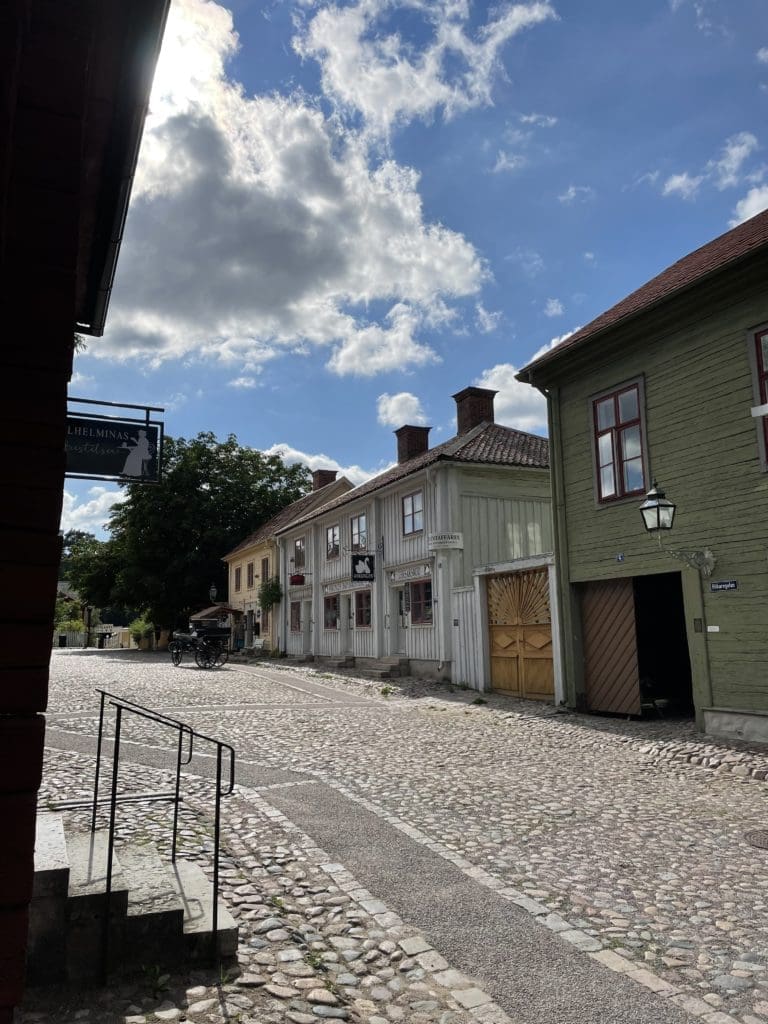
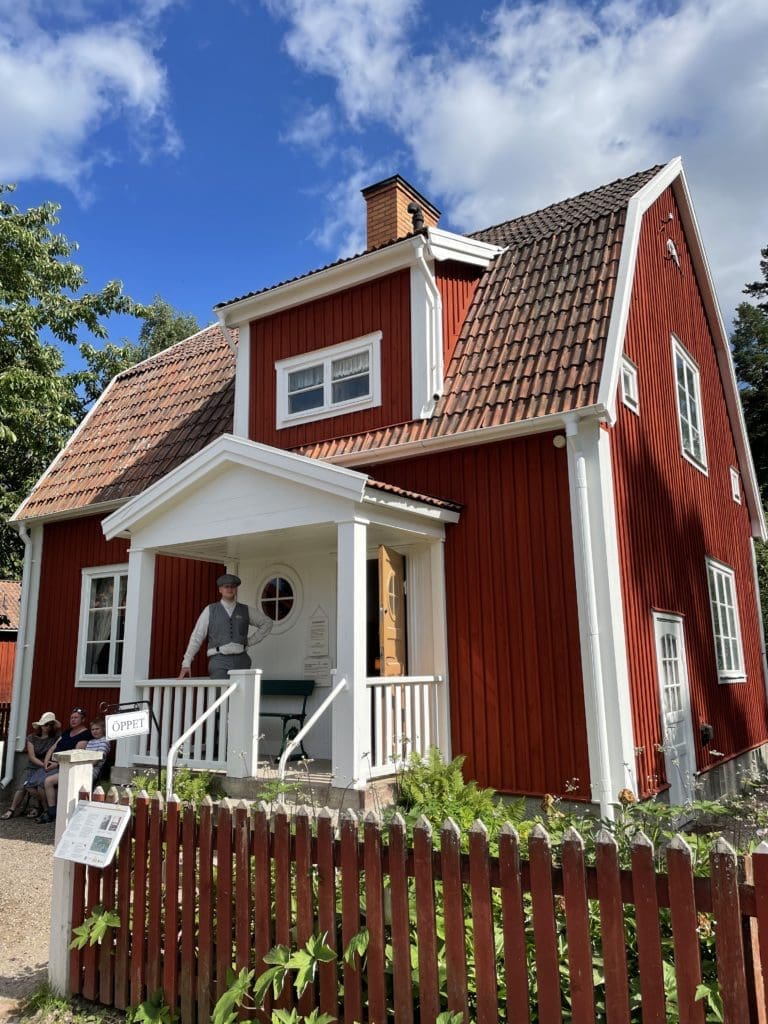
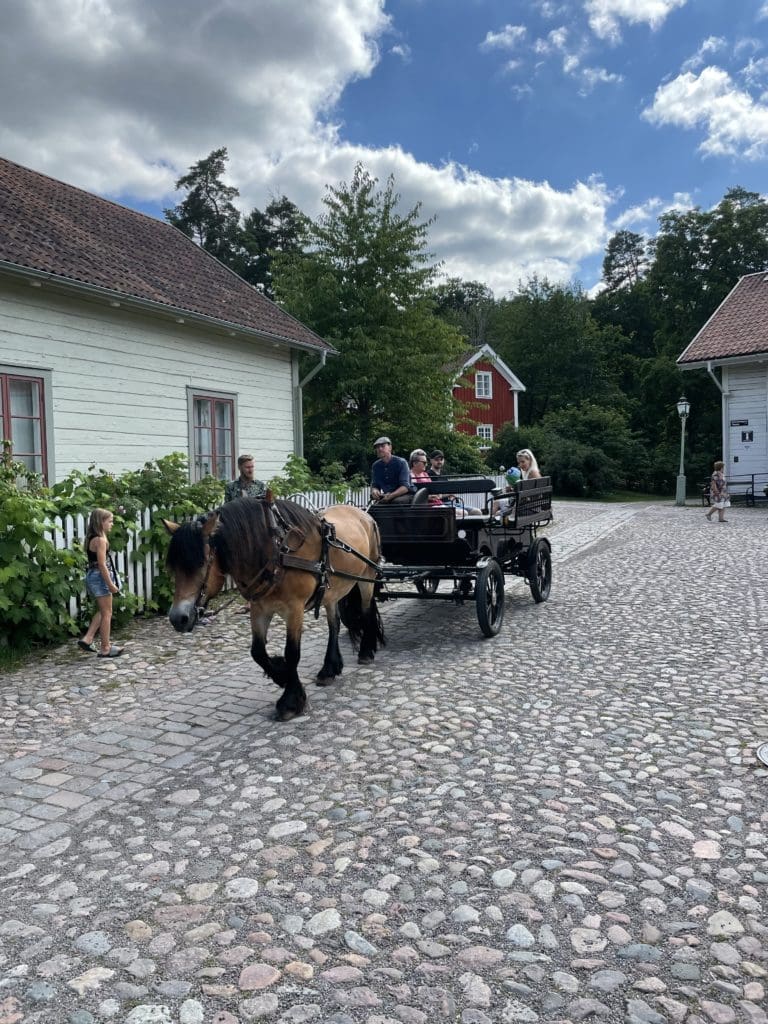

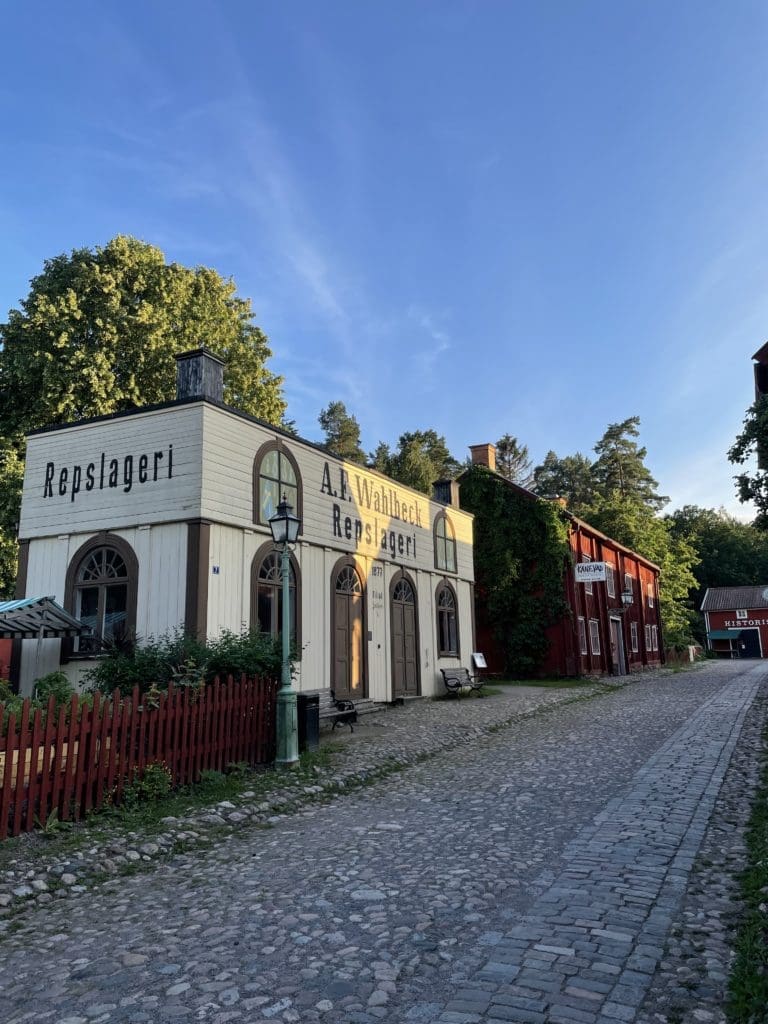

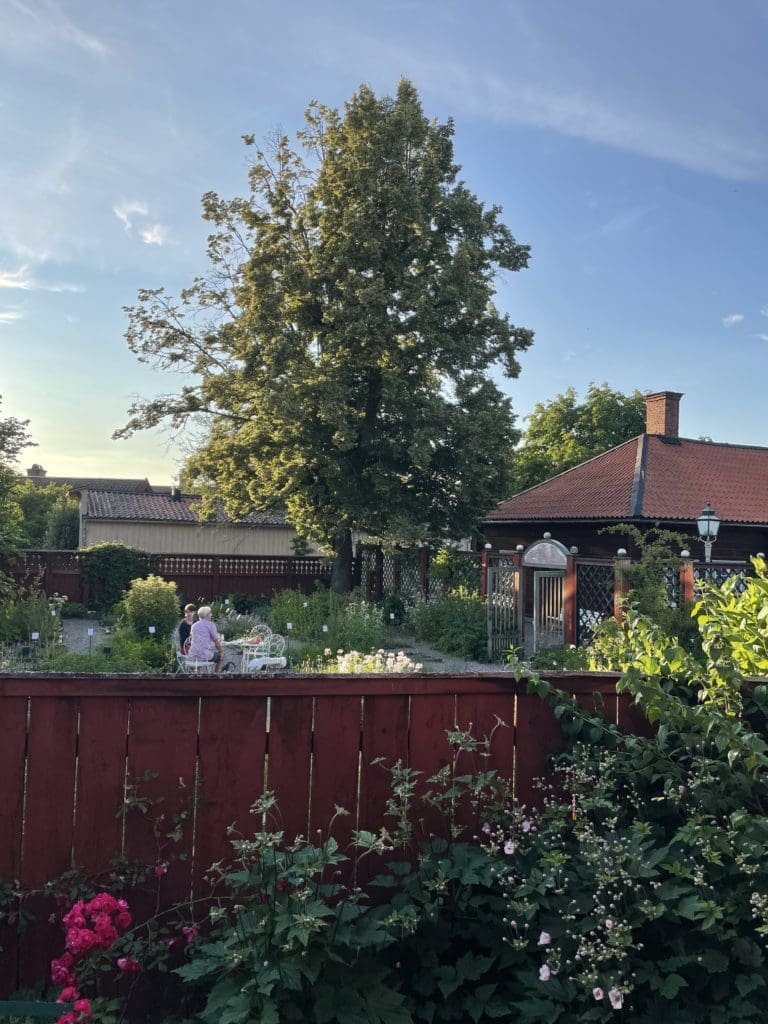

We had initially planned to book a room at one of the chain hotels in the city but by chance we found a recommendation for a small B&B called Hilma Winblads. What an incredibly cosy accommodation! We have lived in many different places over the years but this is really something you will remember. On the one hand, it is located in the middle of old Linköping, which gives it a completely unique setting, but also the accommodation itself stands out from the crowd. Carefully renovated in a tasteful style but at the same time top fresh and not in any way dated. Add to this that you have breakfast at Dahlberg's Café and you then have an unbeatable package. A nice detail is that they chose and named the rooms after strong women who have been part of Linköping's history. If you want to read a more detailed description of this fantastic B&B, you can read an excellent post on the travel blog A little more pink that exist here.
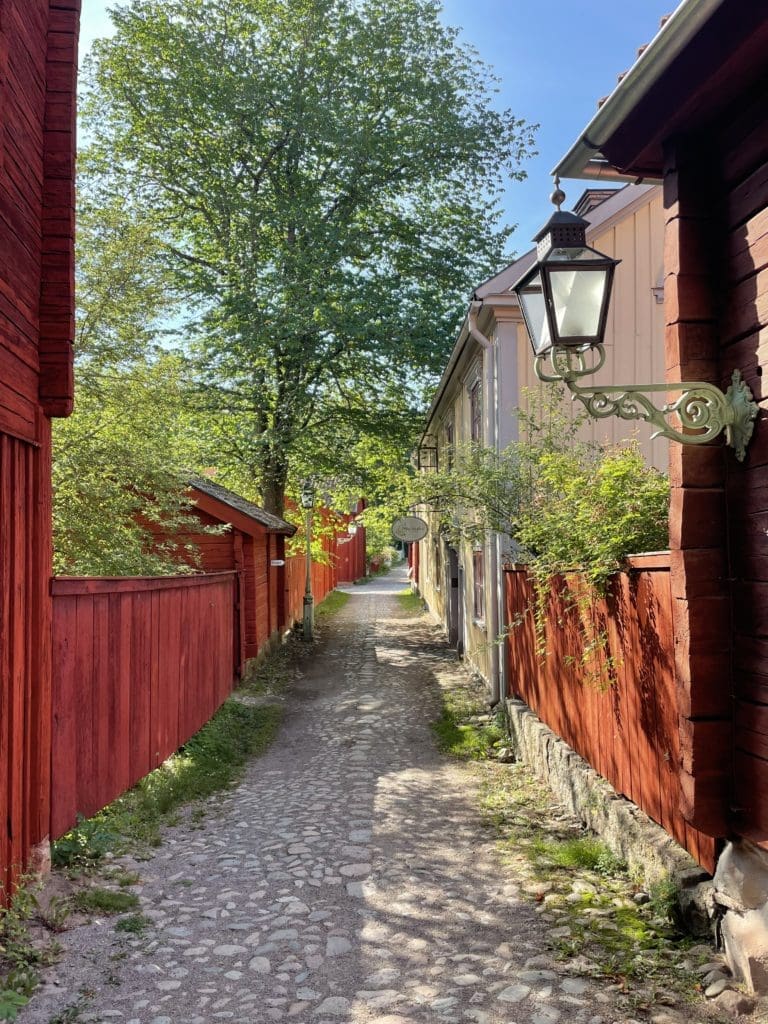

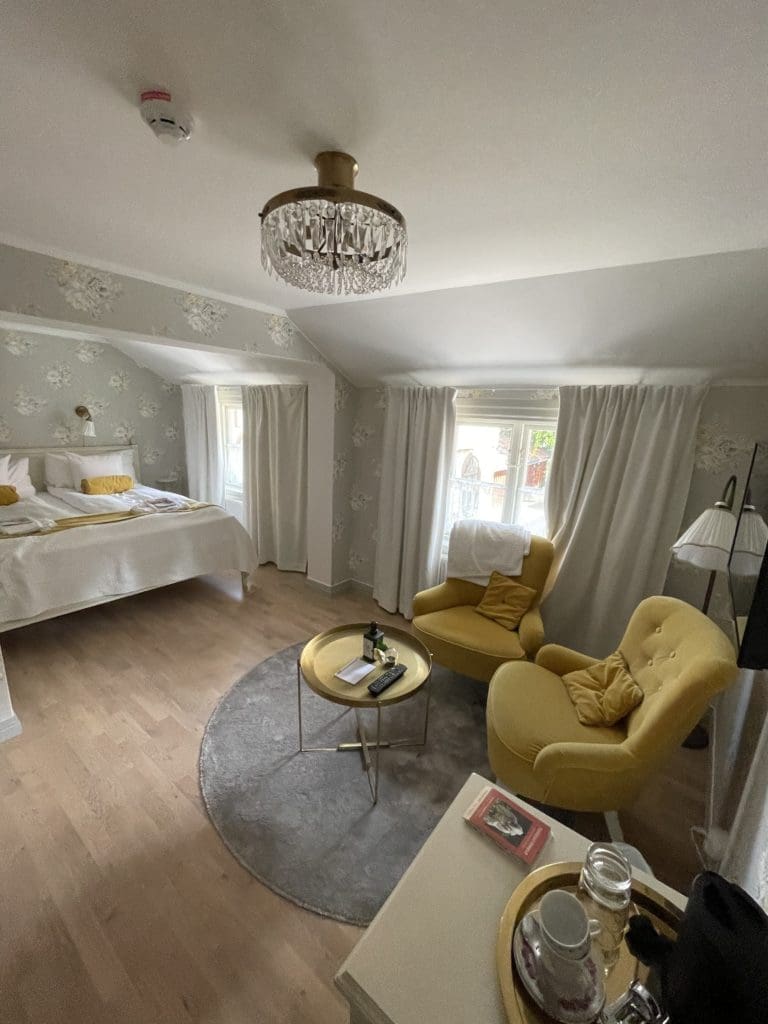


In the evening we took a walk around Linköping to find a good restaurant but it turned out to be an unexpected challenge. The first 20 restaurants on Tripadvisor were either closed for holidays or Sundays but finally we found a nice place on the square where, unlike the rest of the city, it was busy. The place was called A matter of taste and they treated us to excellent drinks, a bookmaker's toast and, believe it or not, a "plank" in a new guise.
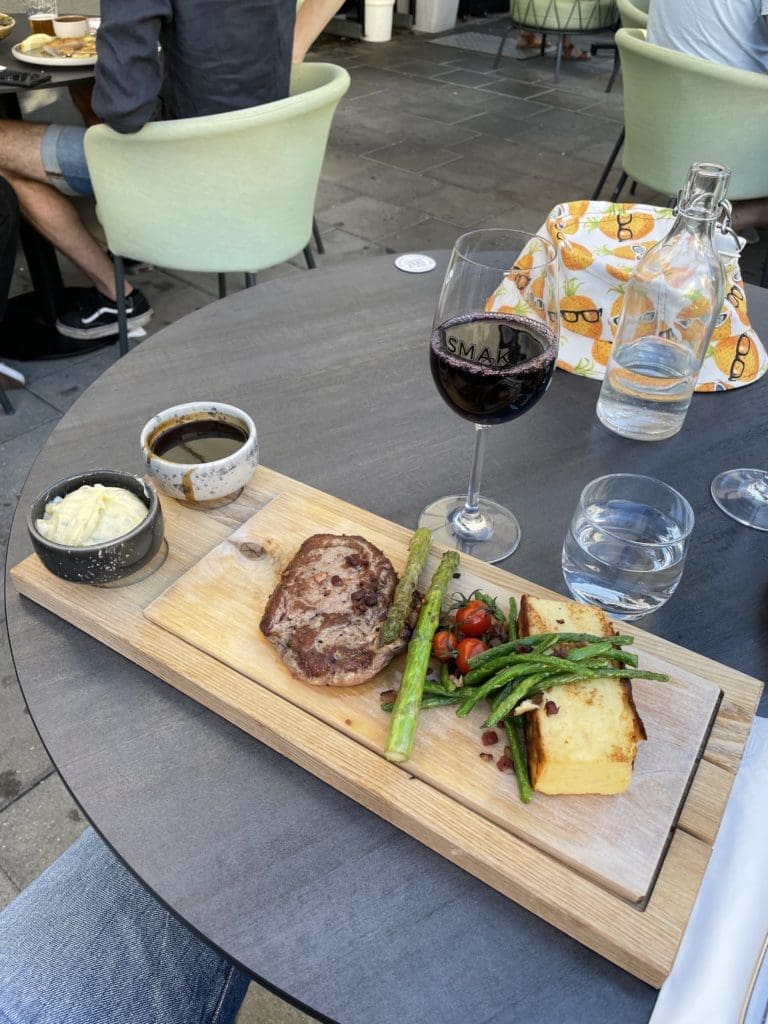


Medevi Brunn is the oldest well in the Nordic region and was founded in 1678. It was founded by the far-sighted Governor General Gustav Soop, who saw that the European trend for health wells would soon spread to Sweden. However, the red well that forms the basis of the spa has been used since ancient times and is mentioned in ancient texts. Until the 1980s, the spa employed doctors, nurses, bathers and physiotherapists who carried on the tradition of drinking from the well. Music and prayer, either individually or in groups, were also central to the treatment. In the 1870s, the first well orchestra was also created and it is a tradition that lives on to this day. A fun detail is also that they have preserved parts of the playing schedule from the past with elements such as "Grötlunk" every day between 20.45 and 21.20 or revelry on Sundays between 8.00 and 8.45. You can read more about their schedule at the link above.
It is also possible today to stay in the area, drink well, listen to the orchestra and to use the café and restaurant or why not just stroll around the beautiful area. The restaurant has for some time only received pre-booked parties but hopefully they will soon be up and running again with regular operations. However, you can eat some simple food at the excellent café Schweizeriet.
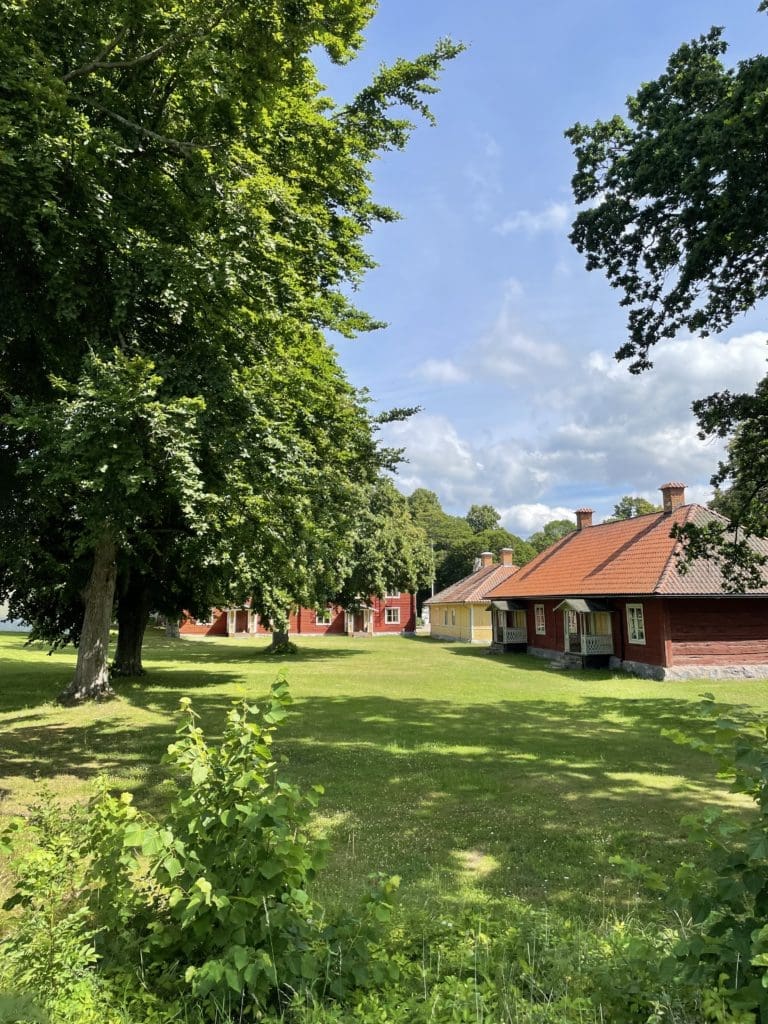
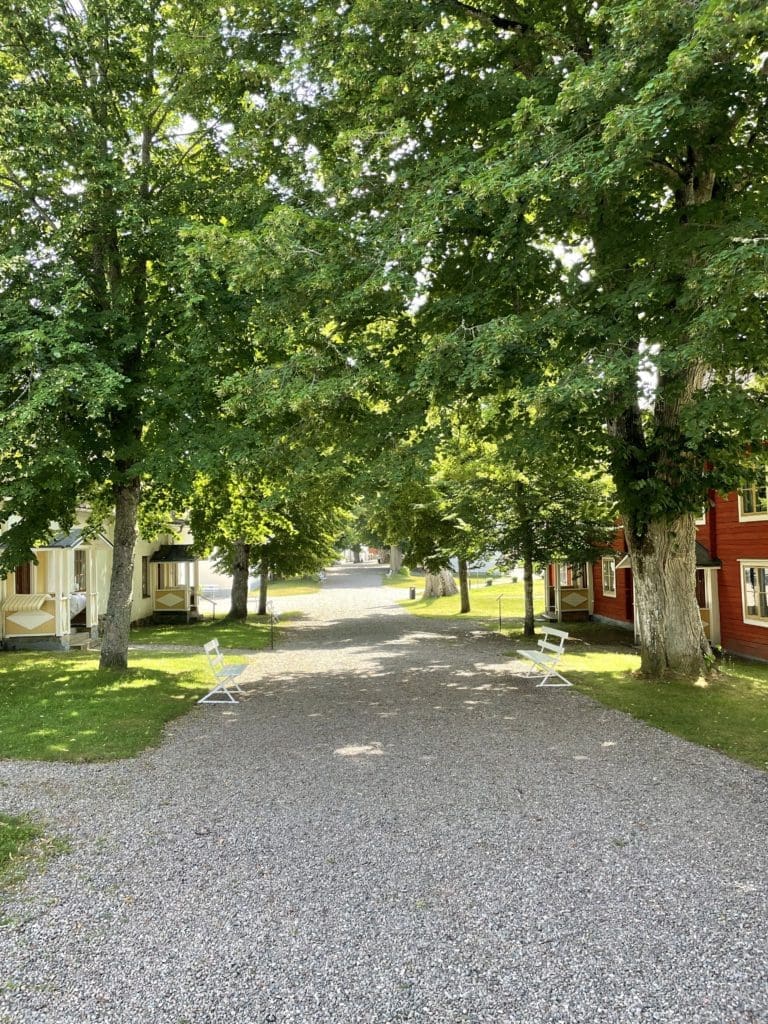
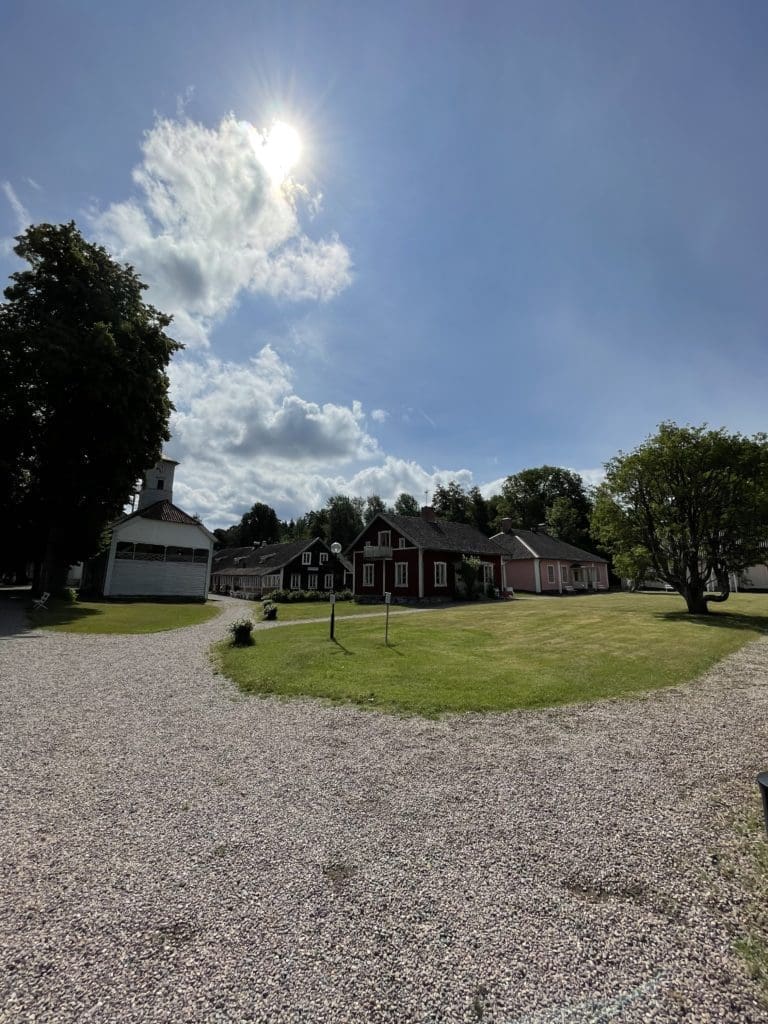
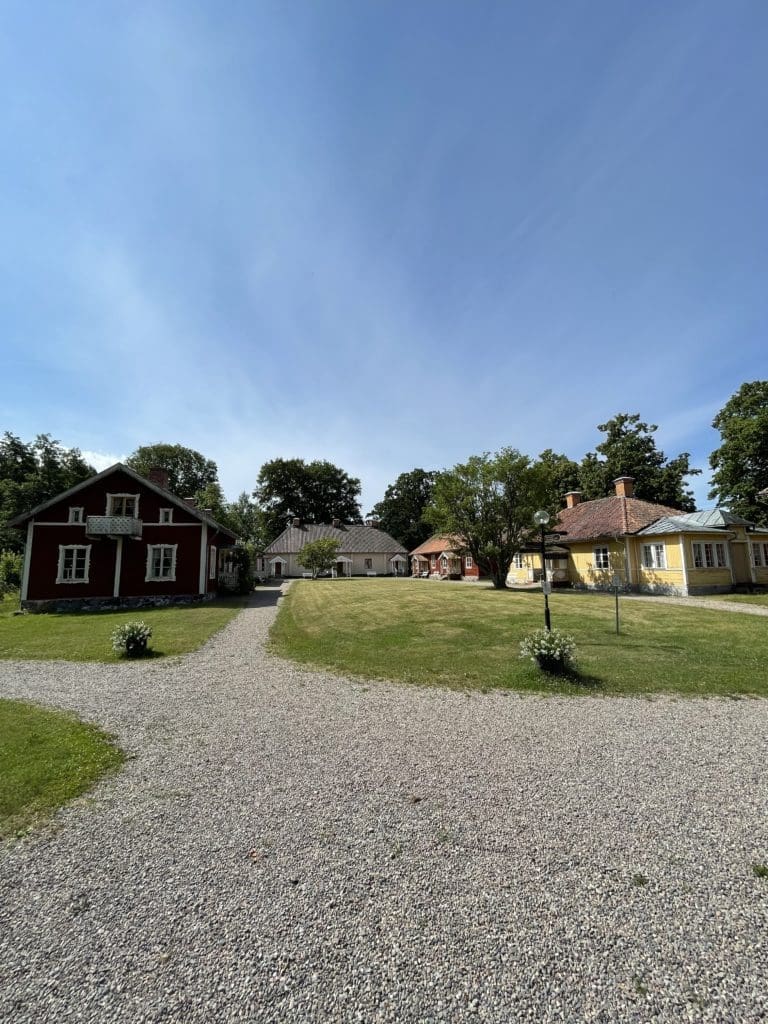

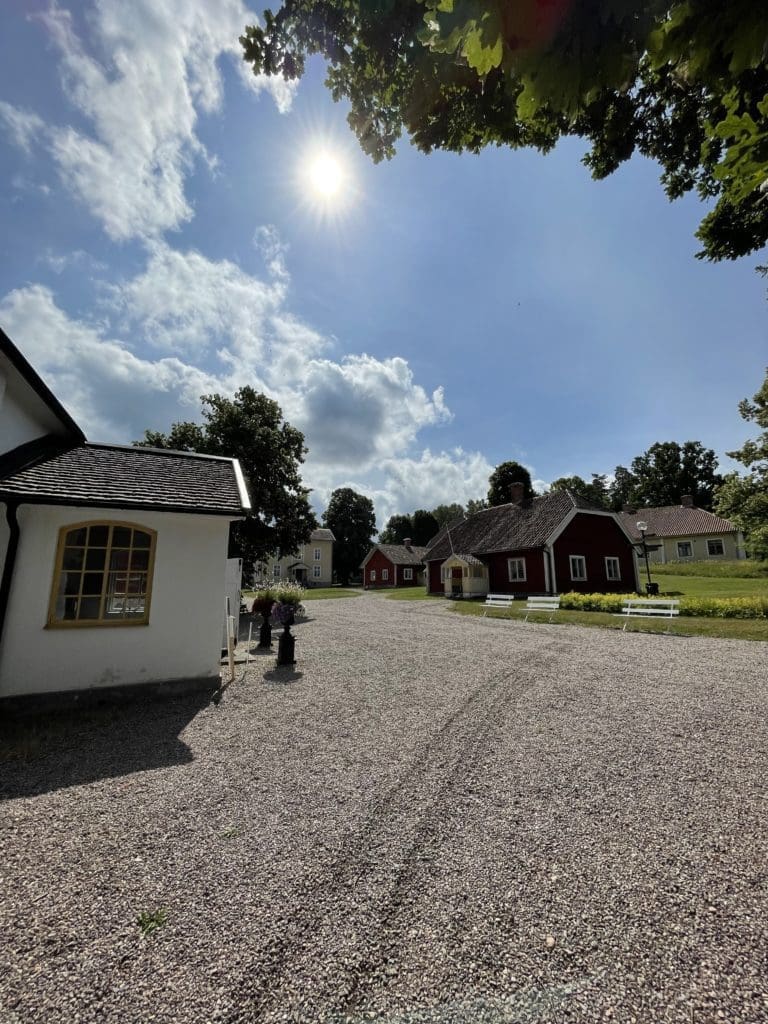
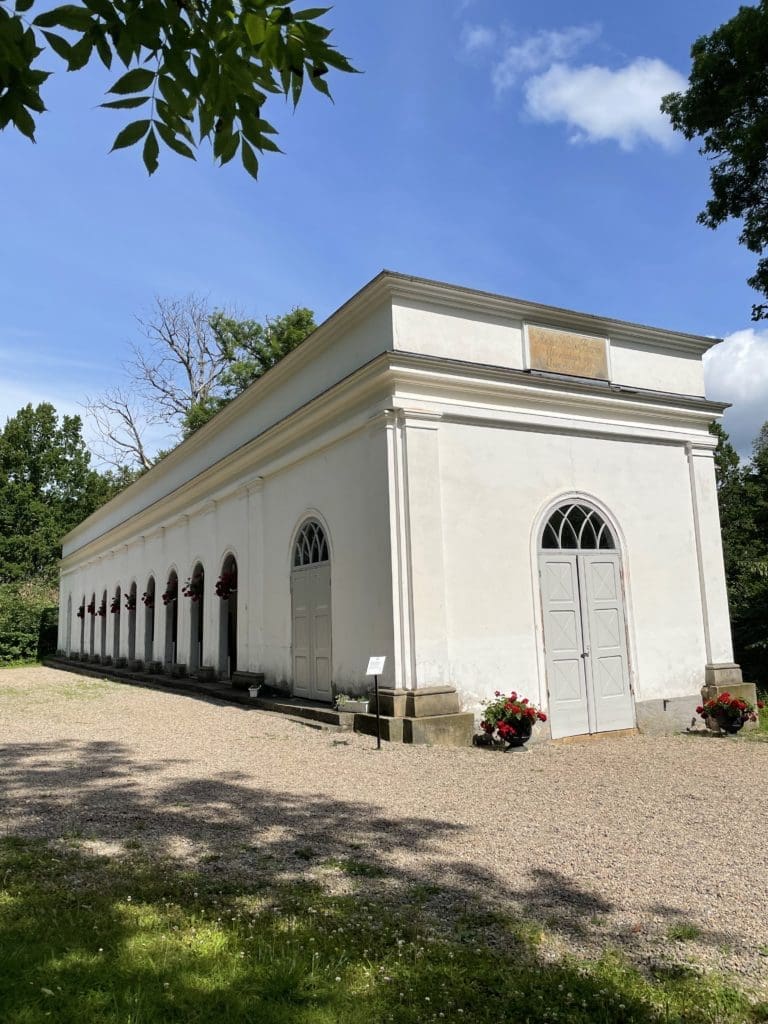
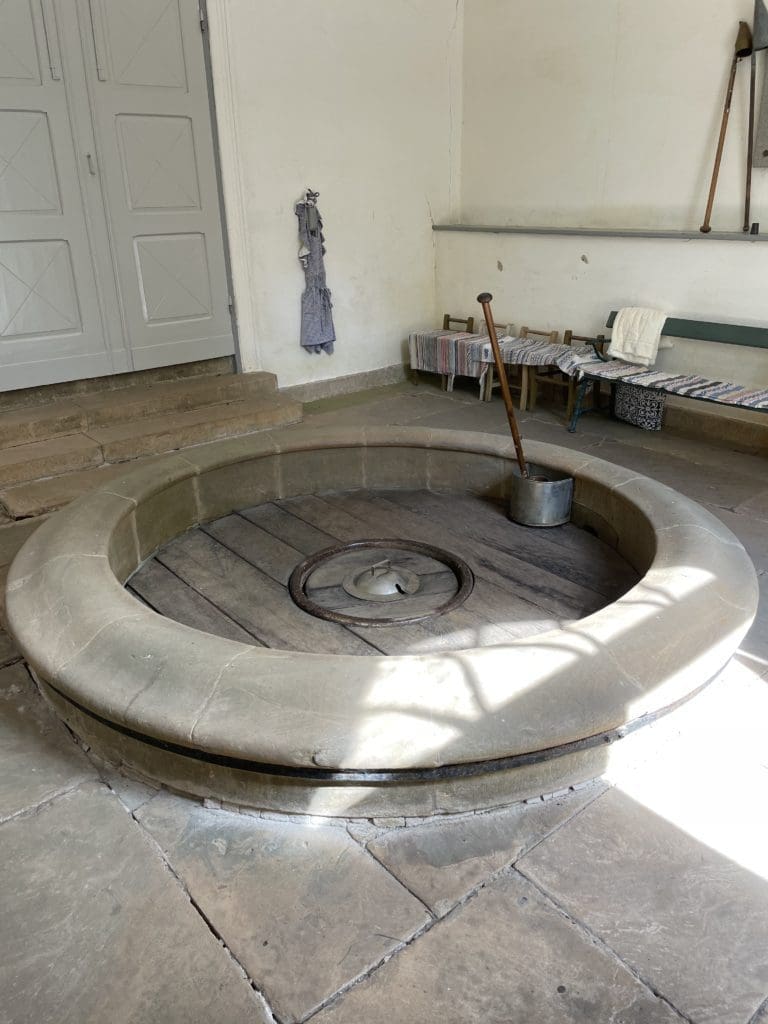


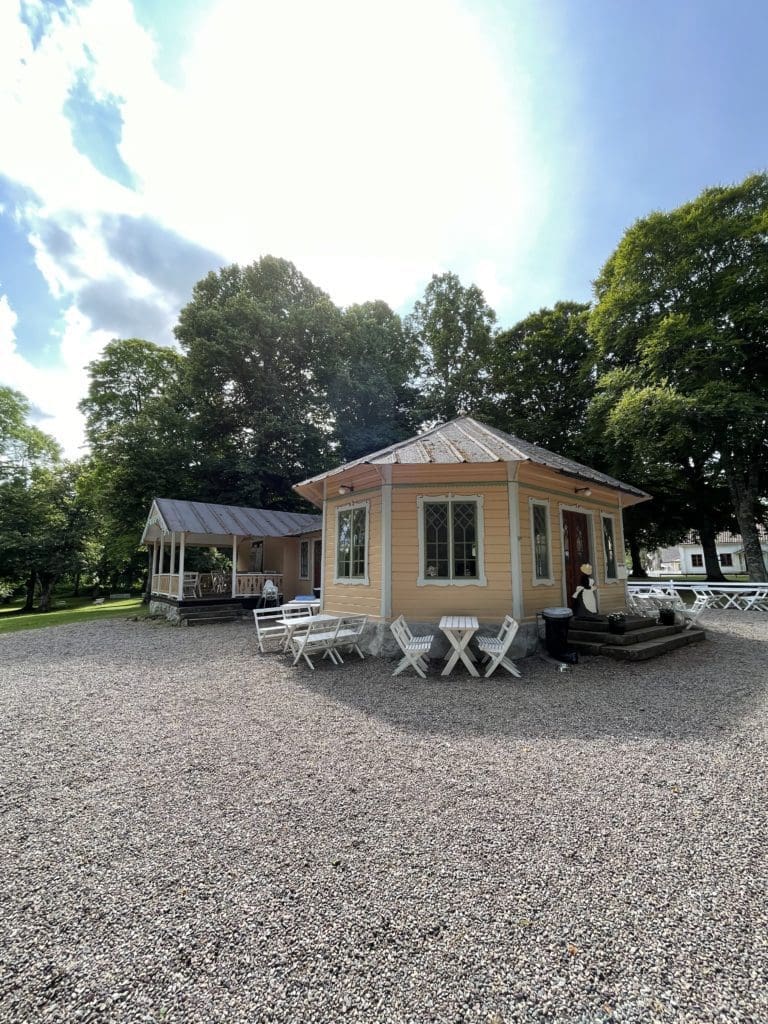
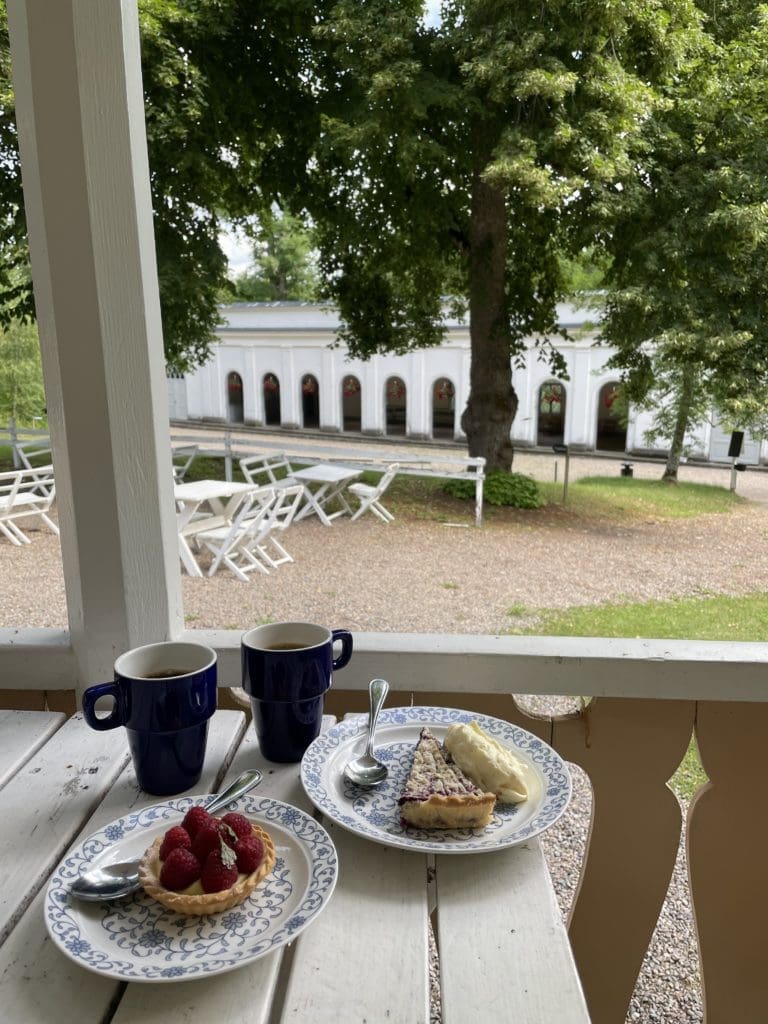
As the candy rats we are, we can't help but mention Cloetta's factory outlet in Ljungsbro. There is a smaller version in old Linköping as you can see in the picture below, but if you have time, the larger one is preferable.
When you take a detour to Ljungsbro, you can also take the opportunity to visit Reeds castle.
